Artists Contribute Butterfly-Themed Murals Dedicated to Those Living with Brain Injuries
Story by Alley L. Biniarz
Photography by Michael Pietrangelo
Art has its beautiful way of inspiring us to stop, think, and reflect, and the murals down Butterfly Lane were created to do just that.
The Brain Injury Association of Windsor and Essex County (BIAWE) proudly revealed this new project in early October with a purpose to draw awareness to those living with brain injuries.
“There are many people within our community who experience the ongoing effects and live with the symptoms of an acquired brain injury on a daily basis,” Anna Jurak, Executive Director and Peer Support Coordinator at BIAWE says about the emotional and behavioural difficulties that come with this “invisible disability.”
The murals, which span across the 1100 block between Argyle and Devonshire roads, were painted by local artists in Windsor-Essex. While each mural has its own unique messaging, all include images of butterflies and incorporate individual wooden butterflies painted by persons with an acquired brain injury as their personal contribution to this project. The life of a butterfly symbolizes the life of an individual with a brain injury: one that is transformative and leaves the person shifted from who they once were, but is no less beautiful.
Along with the general theme behind these murals, each artist incorporated their own individual flare and background into the works of art.
Alexandra Loxton, artist and student from L’Essor High School, decided to elaborate on the vision and created a piece representative of the transformation experienced by those
living with brain injuries.
“At the centre of my mural is a large rose, representative of Windsor, ‘The City of Roses.’ The petals are quite unique as they are morphing into butterflies flying into the sky to begin their new lives. I also chose Monarch butterflies because they are native to this region and the blue butterflies tie in with the BIAWE logo. Lastly, I incorporated the Owl butterfly into my tree trunk, symbolic of how those affected by a brain injury aren’t always noticeable at first glance, as they blend into society like everyone else,” she says.
The artists felt called to this project, not only as a wonderful opportunity to cultivate awareness for brain injuries and demonstrate their art to the community, but also to contribute to the beautification of an area in our city.
“This project has shown how an alley can be transformed by ordinary people to make an attractive, presentable area of alleys that are usually ignored,” mural artist Richard Wood says. His own Tiger Swallowtail painting was transformed from an original work of his that he completed in an art class at SHO Studios. As a sculpture artist, and with only six attempts at his first time painting a mural, Richard decided it was still better to try and fail than fail to try, which is a life attitude that he has adopted.
Each volunteer was happy to stretch beyond their comfort zone and tackle this challenge in order to bring the community together to try and do something good.
Graphic designer and visual artist Sarah Robbins says that though she has painted a few murals in people’s homes, this was her first outdoor mural.
“Meeting everyone and being able to paint not for just one person but for a community lit a fire in me,” she says. “As people walked by or when the neighbours came out, I got to meet everyone and hear their stories while I painted. It was my favourite part!”
Sarah wanted to create something positive and uplifting for not only those going through recovery but also for those around them. She adds that if she can bring more joy or positivity into the world through her art, then she feels like she’s serving her purpose.
This alleyway has lit a spark all across Windsor and has inspired talk of future artistic projects with organizations. As a new attraction, the murals have turned into photo-opps on daily commutes and intentional visits which have turned into thought-provoking conversations about the BIAWE initiative. “Because we cannot see a brain injury, which includes concussions, we often forget that repercussions exist for years for many people,” Anna at BIAWE says. “As a society we need to be aware that our friends, neighbours, and acquaintances may be suffering from a brain injury and they may not tell us. It’s important to be patient, kind, and understanding with everyone. A brain injury can happen to anyone at any time, and art can motivate people to turn thinking about something into doing something.”
Each year over 45,000 Canadians sustain a potentially life altering brain injury, and 490 of those residents are here in Windsor- Essex County. Brain injury costs Ontarians one billion dollars annually in direct or indirect costs, and the BIAWE aims to reduce those numbers through prevention.
There are many ways that the community can help the Brain Injury Association. As a registered charitable organization, they rely on the community to participate in their fundraisers, volunteer for their committees and programs, or to make donations and sponsor their programs. BIAWE offers programs free to those affected by an acquired brain injury, which not only includes those living with the injury but the caregivers, friends, and family.
“Participating in our programs reduces the anxiety and depression that often appears during the process of recovery,” Anna adds. It’s a tremendous effort to refer people to the BIAWE as it guides those with a brain injury to professionals who are able to help them learn to manage their recovery.
It is part of the BIAWE’s mission to enhance the lives of those affected by an acquired brain injury through education, awareness, and support, and these murals serve as just one of the ways we can connect with the organization and the folks experiencing the repercussions of a brain injury.
Whether you pass by the mural every day or go out of your way to see the new works of art, allow the alleyway to help you reflect on how you are thinking about persons with a brain injury and take it a step further as a call to action.
Take and share photos of the mural for the cause, visit and volunteer with the
BIAWE, and don’t forget to follow, tag and support the local Windsor artists involved in the project. The butterflies portrayed in this mural are representative of hope and new beginnings; what starts as a painting on a mural can transform into tangible help for those who need it most.


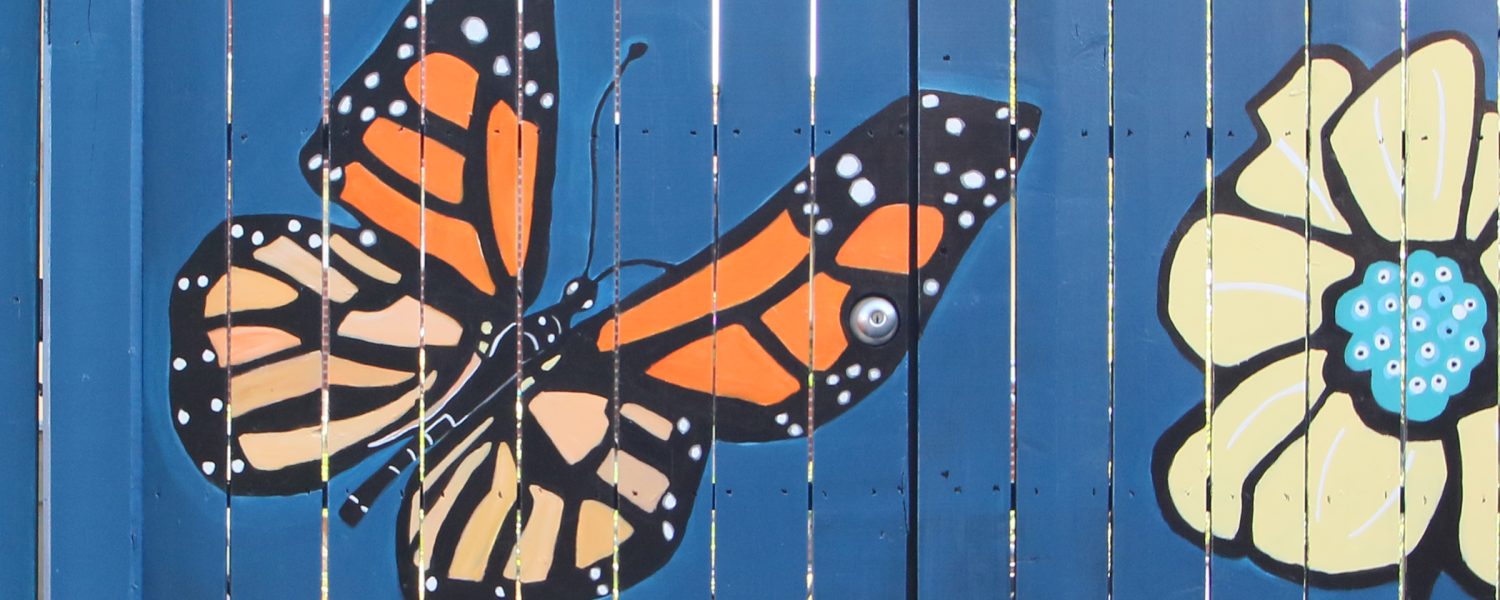

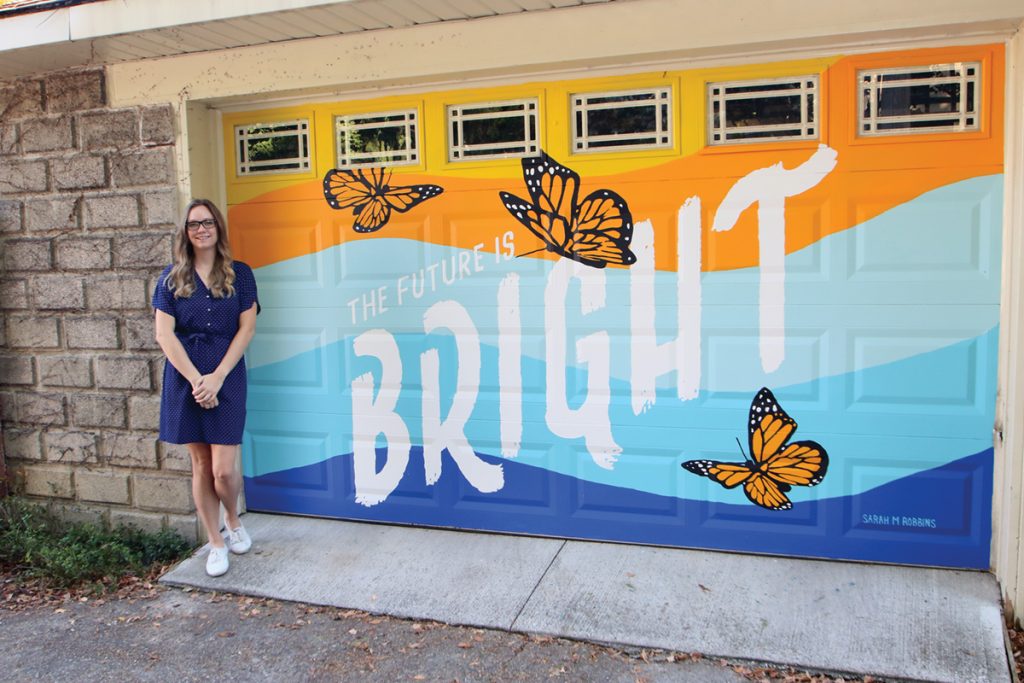
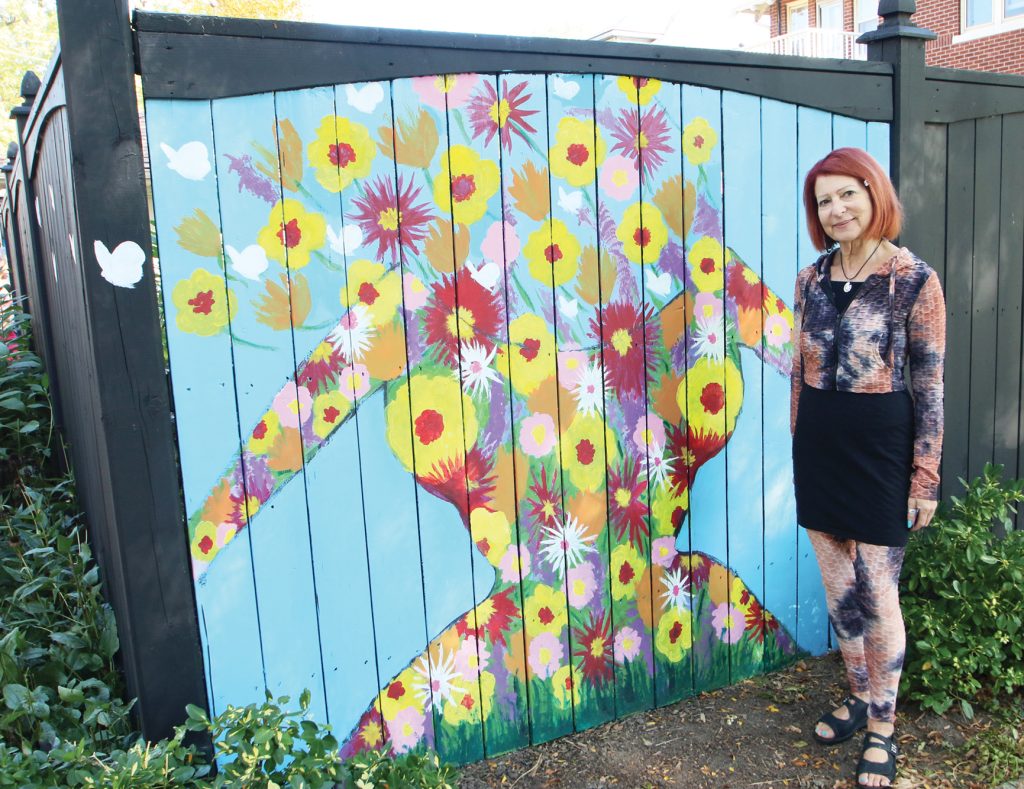

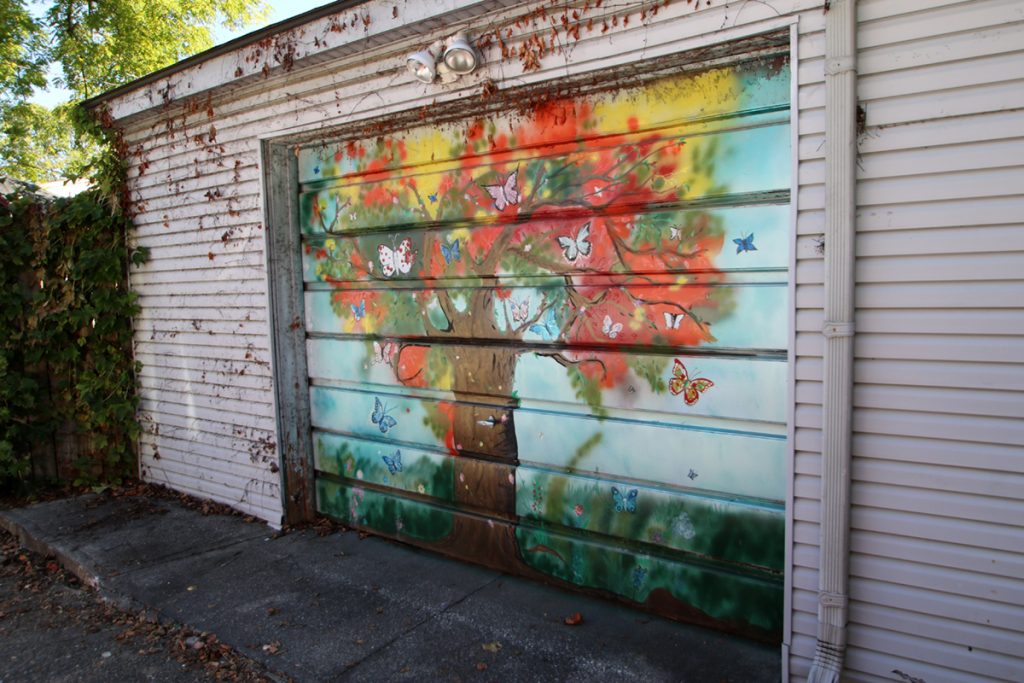
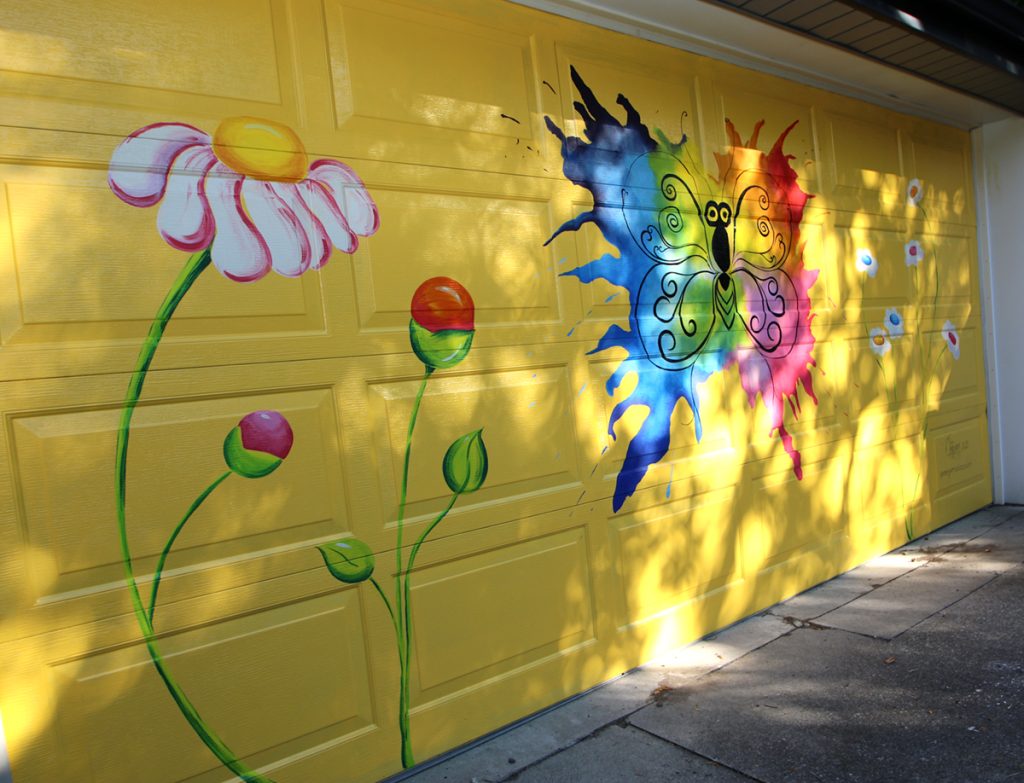
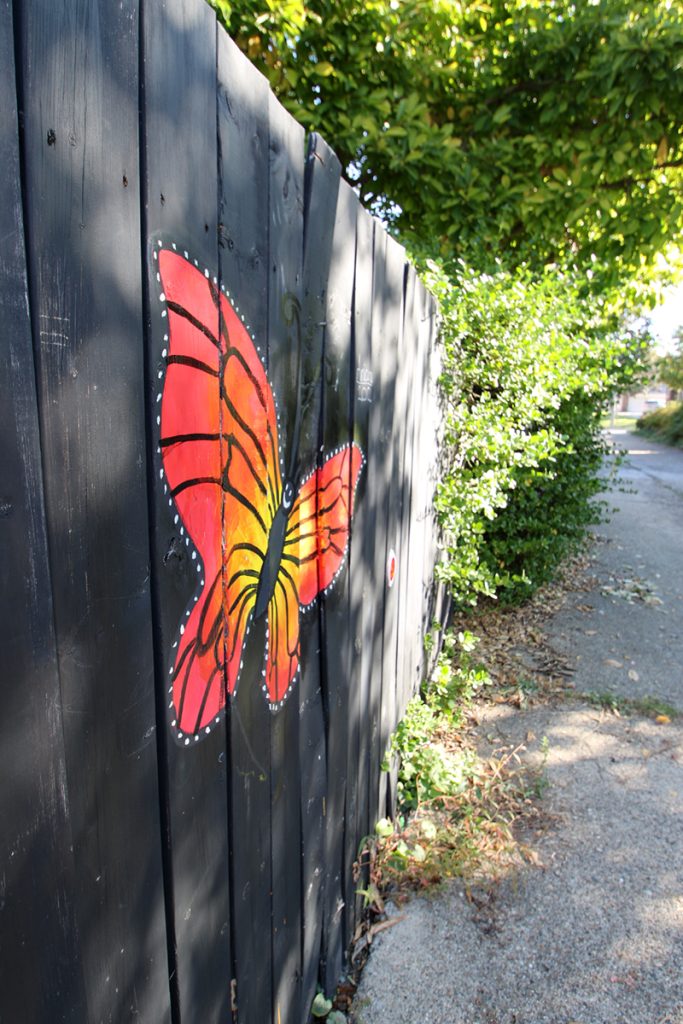

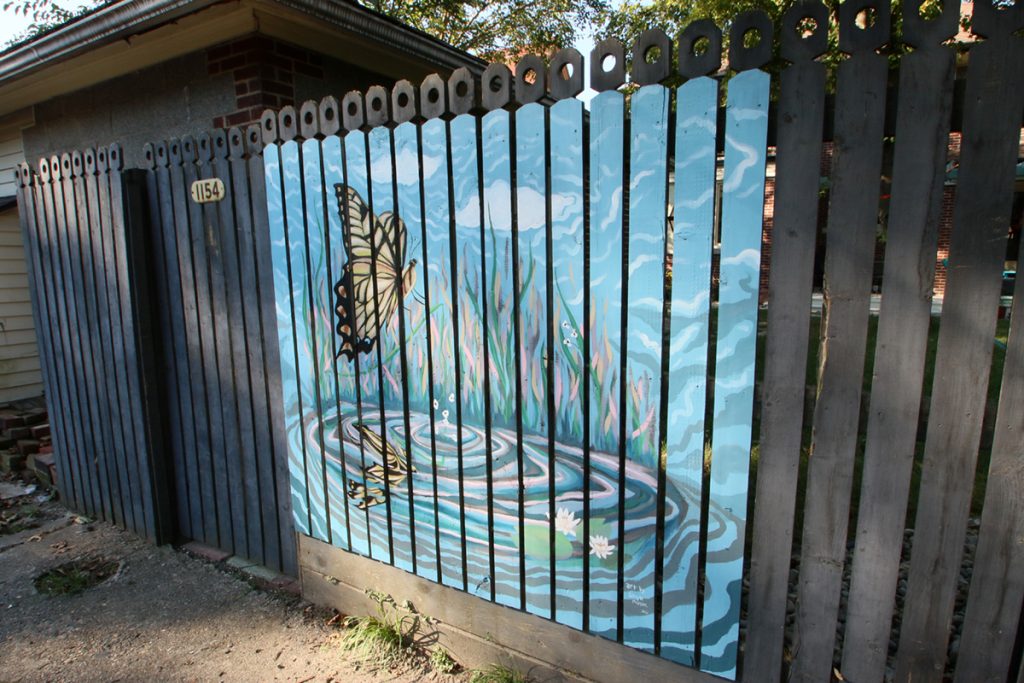
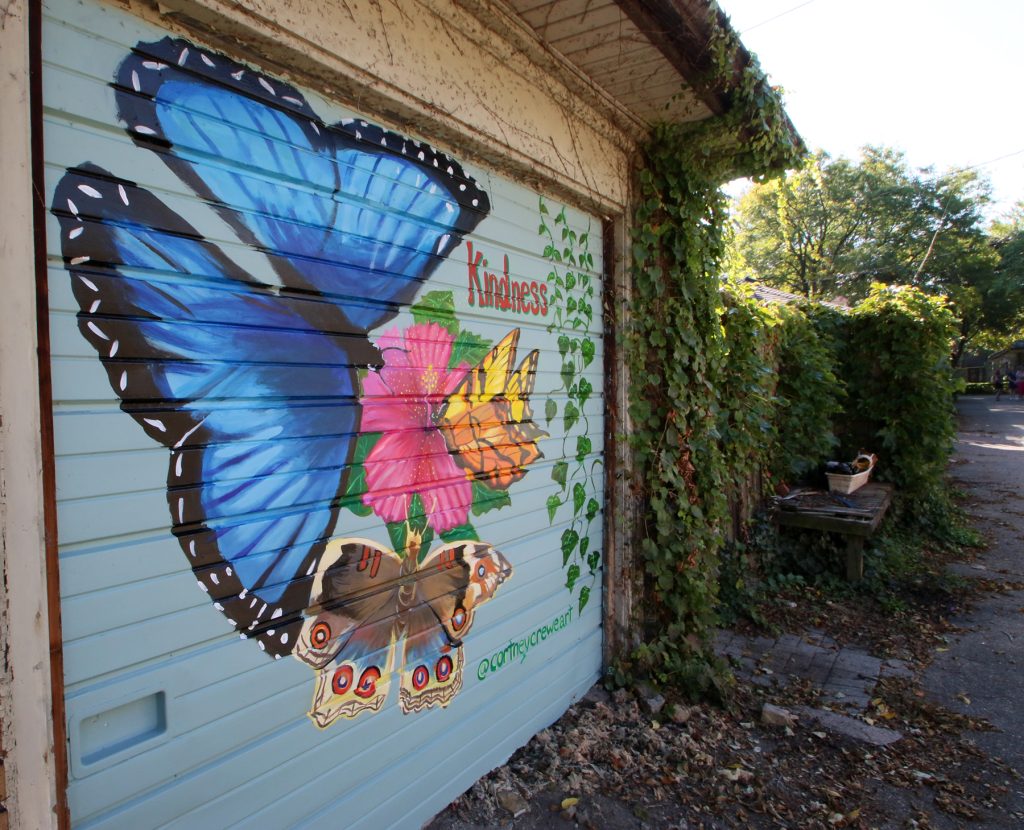
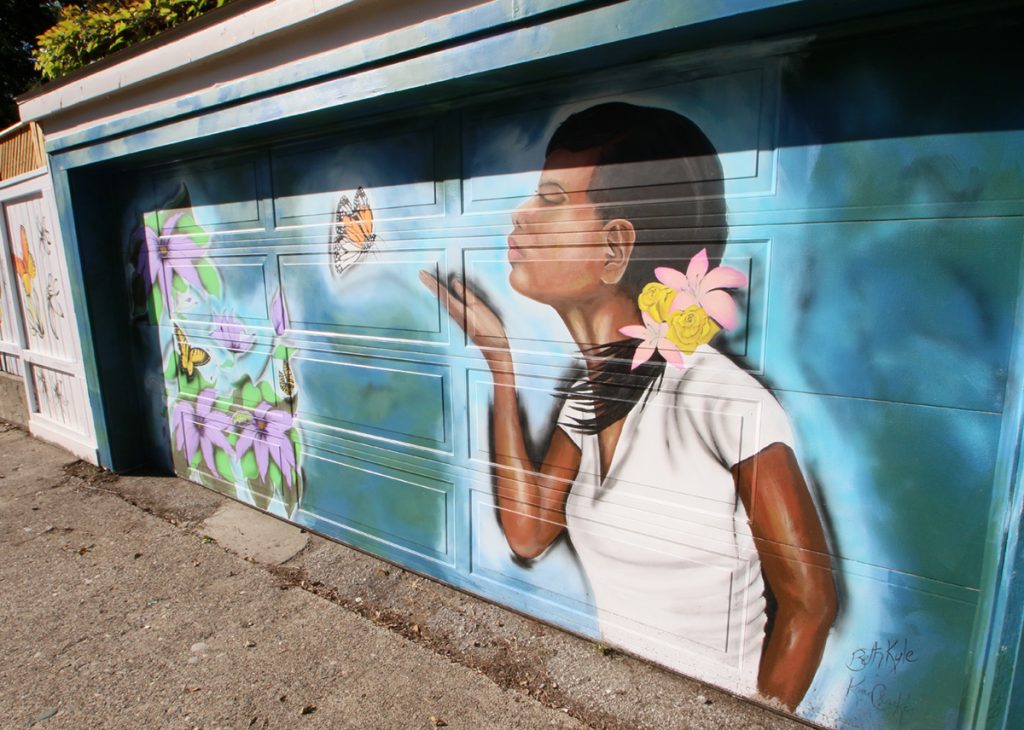

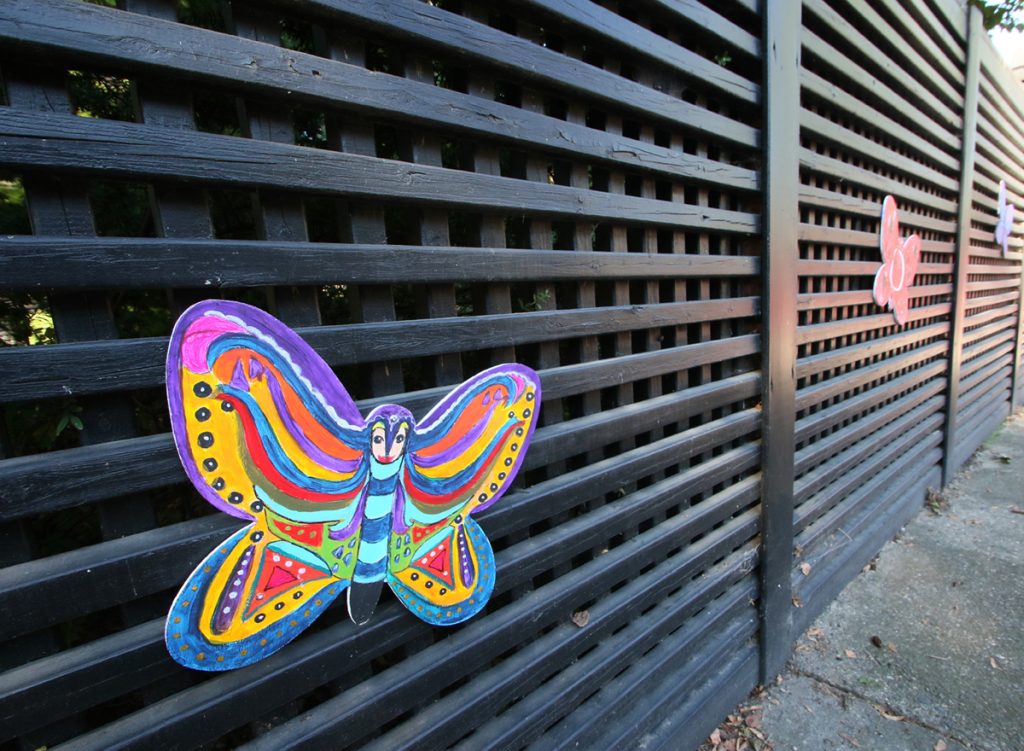
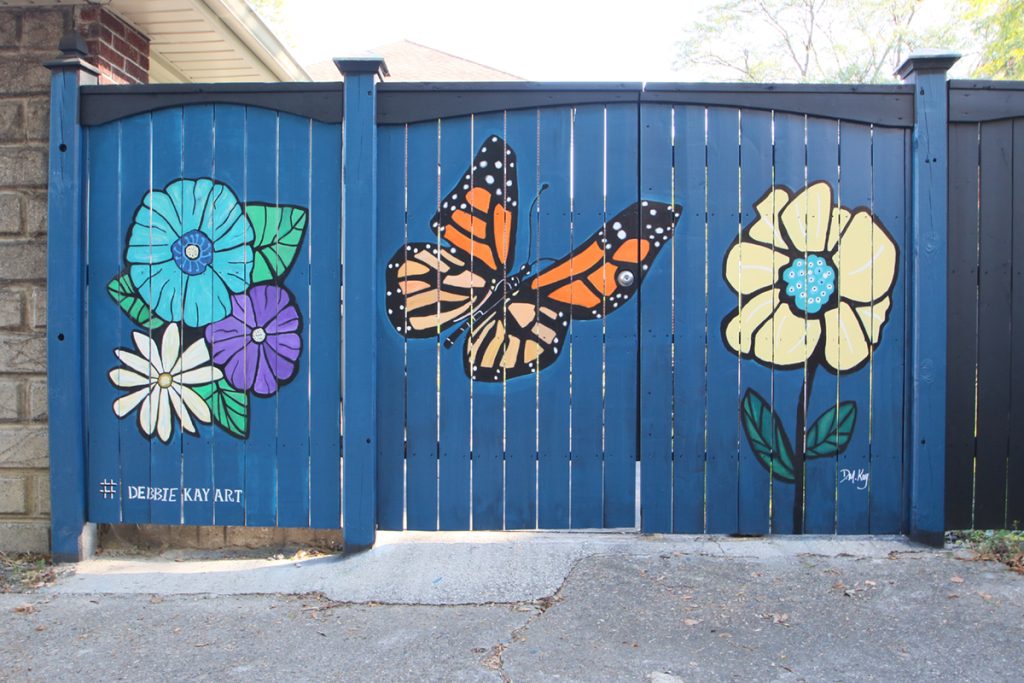

Add comment